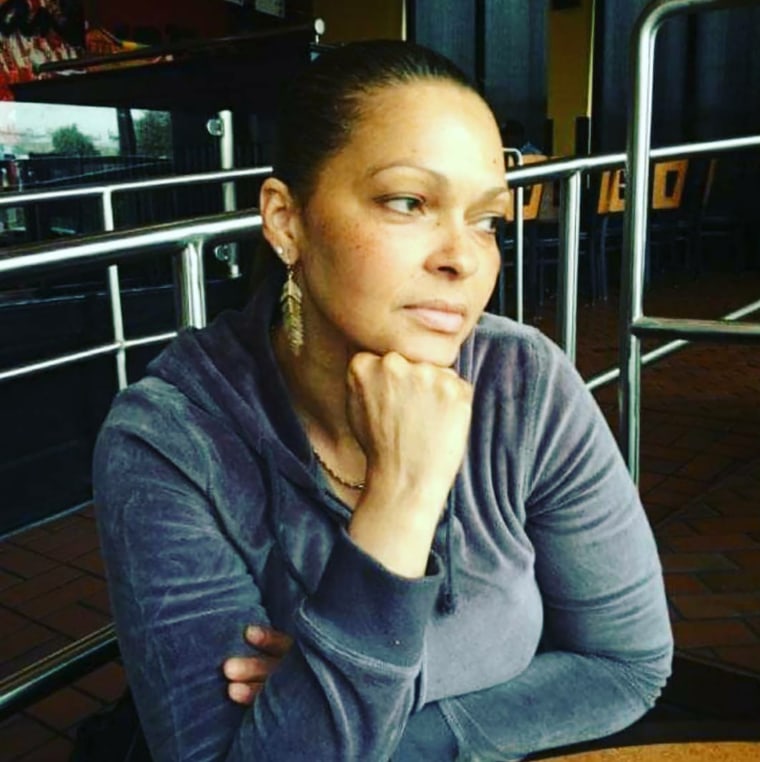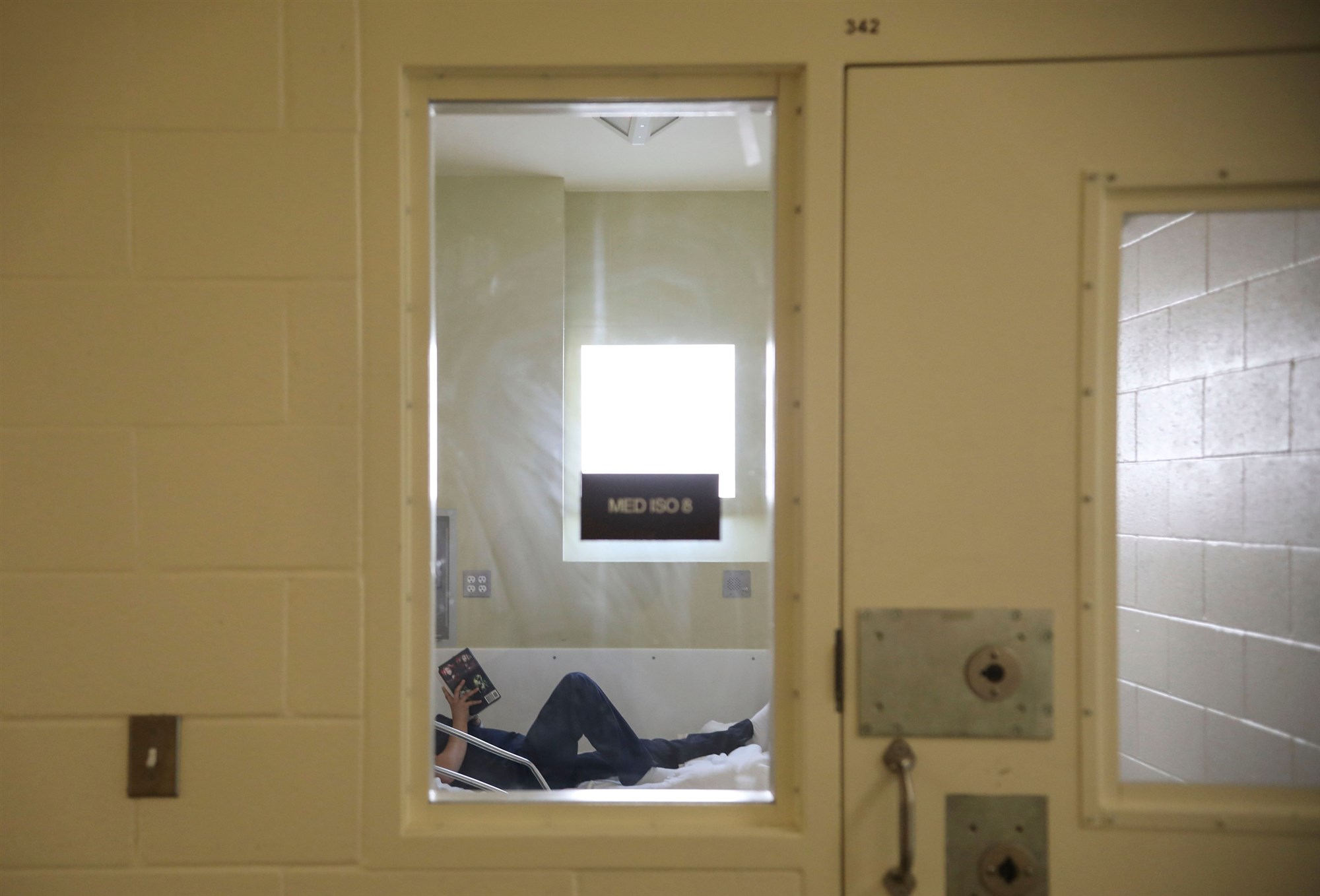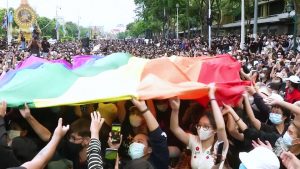“Women’s needs are obscured in ways that have real consequences … ”
Coronavirus outbreaks have transformed prisons into hot spots of infection, and among the societal inequalities the pandemic is exposing along the fault lines of race, class, and gender are some of the lesser known realities of mass incarceration, particularly those facing black women.
The vast majority of female inmates come from “marginalized communities where the health care was subpar at best, and it’s even worse whatever their fragilities are, and you layer on mental illness and autoimmune diseases among women,” Donna Hylton, a prison reform activist and author, who served 27 years in an upstate New York prison, told NBC News.
“These populations are medically compromised long before incarceration,” she said. “We didn’t have resources before incarceration, imagine the communities inside prisons and jails.”

The rate of imprisonment for black women is twice that of white women – 92 per 100,000, versus 49 per 100,000 – even though the rate of imprisonment since 2000 for black women has declined by 55 percent, but increased for white women over the same period of time by 44 percent. That is a reflection of the methamphetamine and heroin epidemics in suburban and rural parts of the United States over the last two decades, according to prison reform activists.
Correctional administrators have long been aware that prisons are reservoirs of contagions, having dealt with HIV/AIDS, outbreaks of tuberculosis and an ongoing Hepatitis C epidemic. They also recognize the threat to corrections officers, whose medical fate is inextricably tied to the people in their custody.
“The officers are panicking, too,” Hylton said. “They weren’t giving personal protective equipment. You share the same air vents; everything is communal. The prisons aren’t really clean. Masks are not a standard.”
Federal, state and local officials across the country have begun releasing some inmates – the sick, infirmed, aged, those locked up for nonviolent crimes or on technicalities, such as parole violations — because of an explosion of infections in facilities like the Cook County Jail in Chicago, which is the greatest source of infection in Illinois, and Rikers Island in New York City. And only three states, Delaware, Hawaii and Nevada, had not suspended medical co-pays for people in state prisons as of April 15.
Of the almost 2.2 million people incarcerated in the United States, women account for about 10 percent, or 231,000. Since 1980, the rate of growth in the incarceration for women has been twice that of men, according to the Sentencing Project, and most of those women are in local or regional jails, not state or federal penitentiaries.
According to the Prison Policy Initiative, 60 percent of women held in local jails have not been convicted of a crime and are awaiting trial.
“Women behind bars is a quickly growing population – 1 in 4 women is pregnant or has a child under the age of 1 upon entering prison — and a quarter of them are incarcerated but not convicted,” said Lauren-Brooke Eisen, director of the Justice Program at the Brennan Center for Justice at the NYU School of Law, a nonpartisan law and policy institute.
“About 10.5 million people are cycled and recycled through the jail system each year, and some of those are the same people and some are new people,” she said. “And they are ready petri dishes for contagious diseases like COVID-19.”
Hylton, who began serving her sentence during the advent of the HIV/AIDS epidemic, helped open a hospice at the upstate New York Bedford Hills Correctional Facility for Women. She said that some of the proposals to prevent the spread of COVID-19 in jails and prisons – like limiting visits from friends and families, and solitary confinement — raise more problems than they solve.
“I spent two and a half years in solitary. It should not be the response to anything. It’s inhumane and it’s torture,” Hylton said. “You have to treat people humanely. Talk to people. If you cut off those means of communication with the outside world, you just increase the sense of isolation and anxiety.”
While an inmate, Hylton earned a bachelor of science degree in the behavioral sciences from Mercy College in 1994 and a master’s degree in women’s studies and English literature from Marymount Manhattan College in 2003. In 2011, she was ordained as a Christian minister. On January 17, 2012, after serving nearly 27 years in Bedford Hills Correctional Facility for Women, Hylton was paroled.
Eisen, meanwhile, said that the Brennan Center, whose Justice Program argues that mass incarceration is the civil rights crisis of our time, and other organizations focused on prison reform have advanced a slate of recommendations that they hope will get a better hearing once the pandemic subsides.
“Women’s needs are obscured in ways that have real consequences, whether it be menstrual access, inadequate conditions of confinement and a lack of programming that meets their specific needs,” she said. “Before COVID-19, the prison system failed men and women.”
“And women tend to visit men behind bars more than men tend to visit women,” she said. “They are all sitting ducks.”




